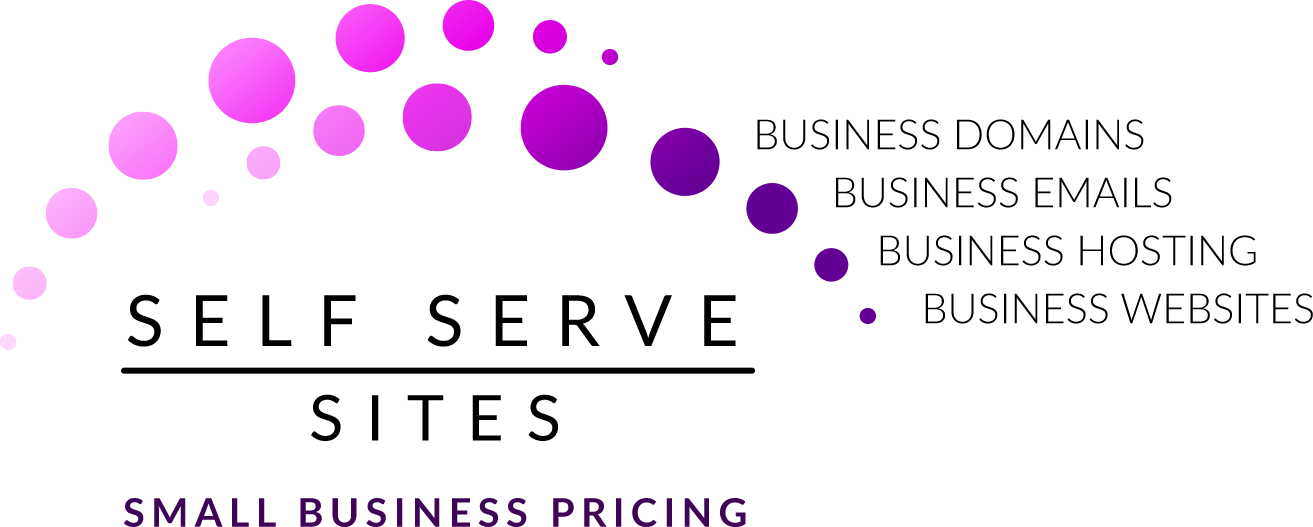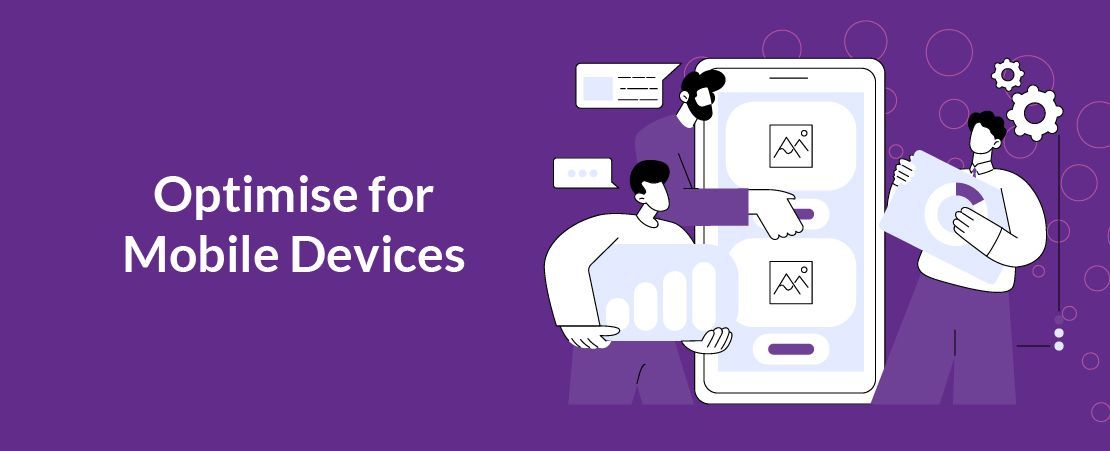Crafting Success: How Small Businesses Can Create a Truly Functional Website
A well-designed and functional Website serves as the cornerstone of any Small Business’s online presence, acting as a virtual storefront and a powerful Digital Marketing tool.
However, creating a truly functional Website goes beyond aesthetics—it requires careful planning, thoughtful design, and a focus on delivering a seamless user experience.
But how do you build a Website like this? That’s what we’re here for! In this blog, we'll explore practical tips and strategies to help Small Businesses make a truly functional Website that drives results and achieves their business goals.
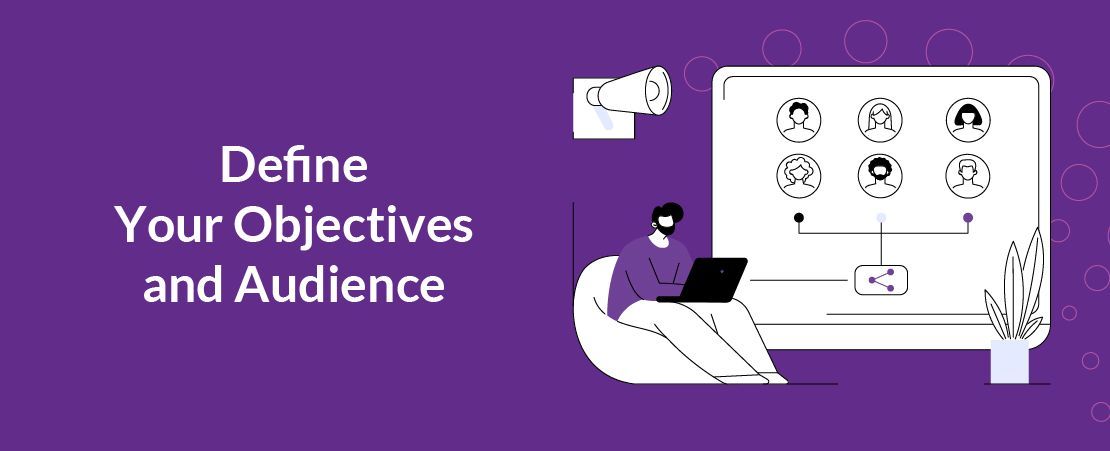
Define Your Objectives and Audience:
Before diving into Website Design and development, it's essential to clearly define your objectives and target audience.
What specific goals do you want your Website to achieve? Who are your ideal Customers, and what are their needs and preferences?
Understanding your objectives and audience will inform every aspect of your Website—from design and content to functionality and user experience.
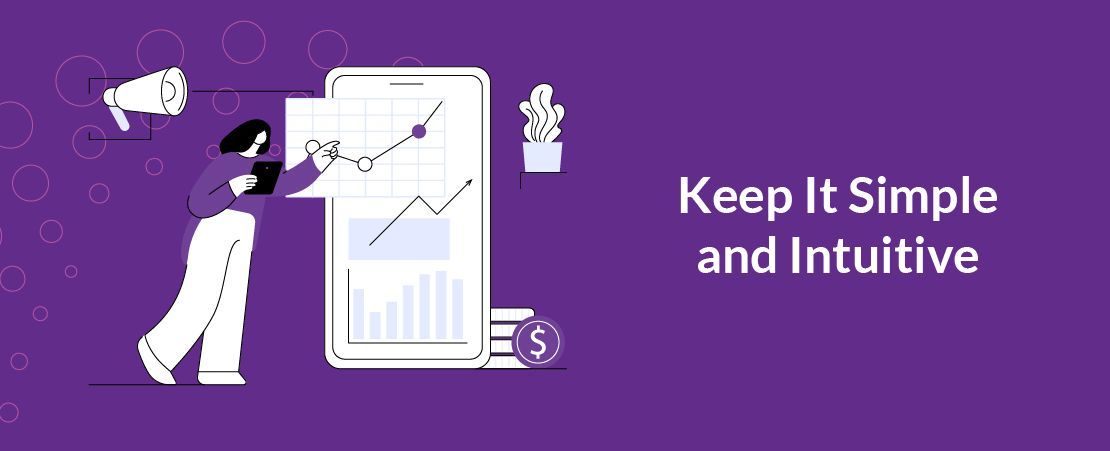
Keep It Simple and Intuitive:
In the quest for a functional Website, simplicity is key. Avoid cluttered layouts, excessive text, and unnecessary elements that can overwhelm visitors and detract from the user experience.
Instead, focus on clean,
intuitive design principles that guide users seamlessly through your Website's content and navigation.
Use clear headings, descriptive links, and visual cues to help users find what they're looking for quickly and easily.
Optimise for Mobile Devices:
With the majority of internet traffic coming from mobile devices, it's essential to ensure that your Website is optimised for mobile responsiveness.
A mobile-friendly design ensures that your Website looks and functions seamlessly across various screen sizes and devices,
providing users with a consistent and enjoyable browsing experience on smartphones, tablets, and other mobile devices
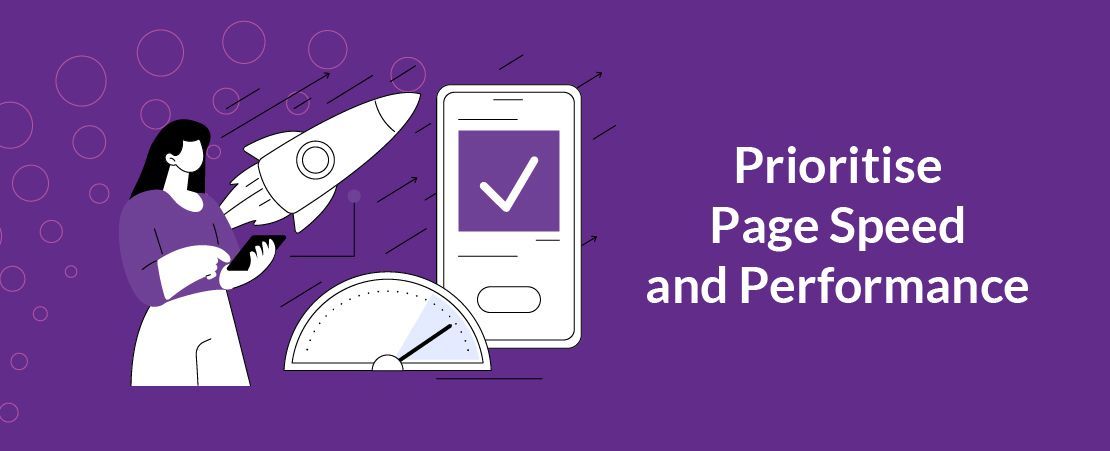
Prioritise Page Speed and Performance
In today's fast-paced digital world, users expect instant access to information and seamless browsing experiences. Slow-loading Websites can frustrate users and drive them away from your Site.
To create a truly functional Website,
prioritise page speed and performance optimization. Minimise image sizes, leverage browser caching, and reduce server response times to ensure that your Website loads quickly and efficiently.
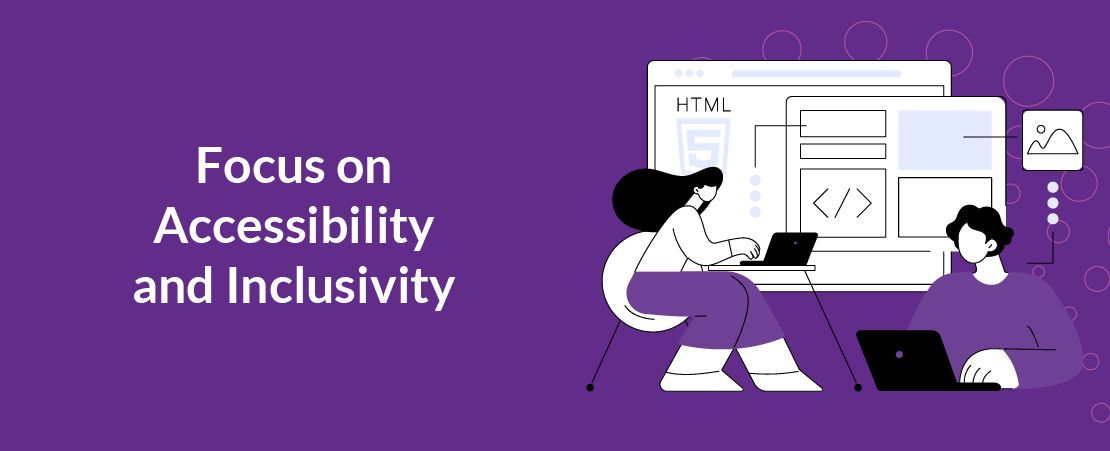
Focus on Accessibility and Inclusivity
Accessibility is a critical aspect of Website functionality, ensuring that your Website is usable and navigable by all users, regardless of disabilities or impairments.
Incorporate accessibility best practices, such as using descriptive alt text for images, providing keyboard navigation options, and ensuring colour contrast for readability.
By making your Website more accessible,
you can reach a broader audience and demonstrate your commitment to inclusivity.

Test and Iterate
Creating a truly functional Website is an ongoing process that requires continuous testing and iteration. Gather feedback from users, monitor Website analytics, and conduct usability testing to identify areas for improvement and refinement.
By continuously optimising your Website based on user feedback and performance data, you can ensure that it remains functional, relevant, and effective in meeting your business objectives.
Making a truly functional Website is essential for Small Businesses looking to establish a strong online presence and connect with their target audience effectively.
By defining clear objectives, prioritising simplicity and usability, optimising for mobile devices, prioritising speed and performance, focusing on accessibility, and embracing a culture of testing and iteration, Small Businesses can create Websites that deliver exceptional user experiences and help your business succeed and thrive in the digital marketplace.










